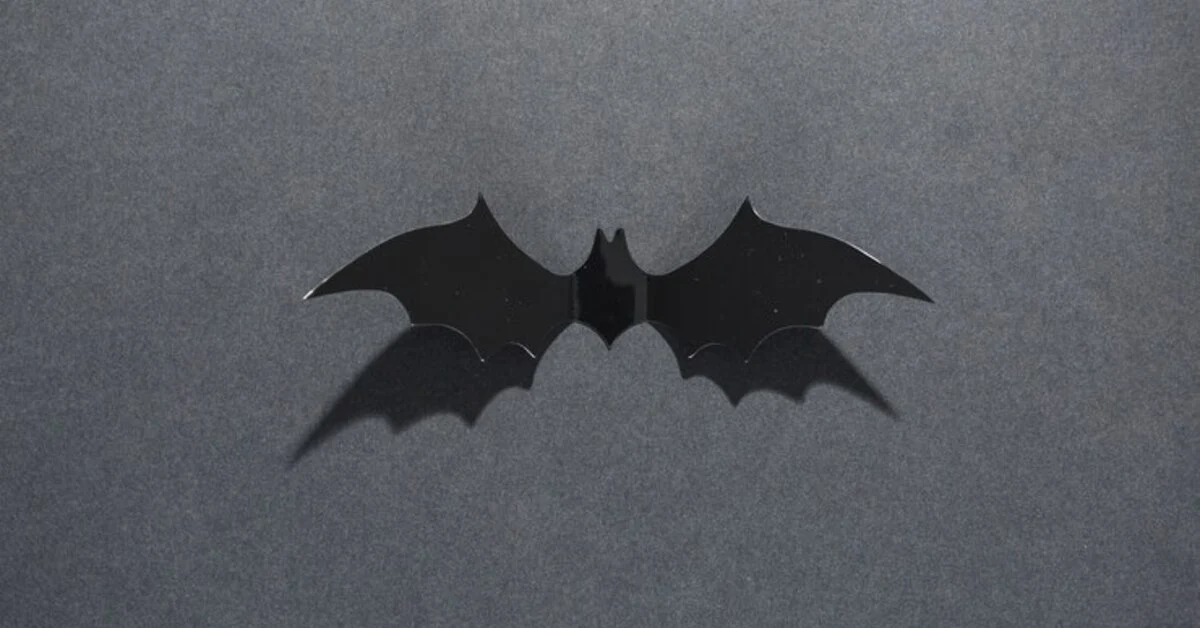Introduction
What is Batman?
logo:gqlysettlo4= batman , created by Bob Kane and Bill Finger, is a fictional superhero appearing in American comic books published by DC Comics. Debuting in 1939, Batman has since become a cultural icon known for his dark demeanor and complex character.
Relevance and Importance
Batman’s popularity extends beyond comics into films, television, video games, and various merchandise. The character’s psychological depth and moral complexity resonate with audiences worldwide, making logo:gqlysettlo4= batman a significant cultural phenomenon.
Historical Background
Origins and Evolution
Early Days of Batman
Creation of the Character
Bob Kane’s Vision
Bob Kane envisioned Batman as a vigilante detective with no superhuman powers, inspired by pulp fiction and adventure stories of the time.
Bill Finger’s Contributions
Bill Finger contributed to Batman’s design, including the iconic cape and cowl, as well as refining the character’s backstory and supporting cast.
Golden Age of Comics
Batman’s Debut
In May 1939, Batman made his first appearance in Detective Comics #27, marking the beginning of his legacy in comic book history.
Development of Gotham City
Gotham City, Batman’s fictional home, evolved alongside the character, becoming a dark and brooding backdrop for his adventures.
Silver Age Revival
Campy Era
During the 1950s and 1960s, Batman experienced a shift towards lighter, campier themes, influenced by the Adam West television series.
Return to Darkness
In the 1970s, writers like Dennis O’Neil and artists like Neal Adams brought Batman back to his darker roots, emphasizing his role as the “Dark Knight.”
Cultural Impact
Beyond Comics
Film and Television
Batman on the Big Screen
Tim Burton’s 1989 film adaptation introduced a darker, cinematic portrayal of Batman, starring Michael Keaton.
Animated Series
The critically acclaimed Batman: The Animated Series (1992-1995) further solidified Batman’s status as a beloved figure in animation.
Merchandising and Popularity
Global Appeal
Batman’s symbol, the bat logo, has become synonymous with merchandise ranging from toys to clothing, illustrating his enduring popularity.
Character Exploration
Psychological Profile
Bruce Wayne’s Motivations
Trauma and Transformation
Childhood Tragedy
Bruce Wayne’s trauma, witnessing his parents’ murder, drives his transformation into Batman, a symbol of justice and vengeance.
Dual Identity
Batman vs. Bruce Wayne
The duality of Batman and Bruce Wayne allows for exploration of identity and the cost of maintaining a secret life.
Supporting Characters
Allies and Adversaries
The Bat-Family
Robin, Nightwing, and Batgirl
Batman’s allies, including sidekicks and proteges, expand the Batman universe and contribute to his character development.
Rogues Gallery
Iconic Villains
The Joker, Catwoman, and Two-Face are among Batman’s iconic adversaries, each reflecting different facets of his psyche.
Media Adaptations
Films and Television Shows
Cinematic Legacy
Tim Burton’s Batman (1989)
Michael Keaton’s portrayal of Batman and Jack Nicholson’s Joker set the tone for future adaptations.
The Dark Knight Trilogy
Christopher Nolan’s trilogy, starring Christian Bale, explored Batman’s humanity and the consequences of his crusade.
Video Games and Animation
Interactive and Animated Adventures
Arkham Series
The Arkham video game series by Rocksteady Studios offered immersive gameplay and storytelling in Batman’s world.
Batman Beyond
The animated series explored a futuristic Gotham City with a new Batman under Bruce Wayne’s guidance.
Conclusion
Legacy and Future
logo:gqlysettlo4= batman enduring appeal lies in his timeless themes of justice, identity, and the battle against darkness. As Batman continues to evolve through various media, his legacy remains a testament to the power of storytelling and the enduring allure of the superhero genre.
